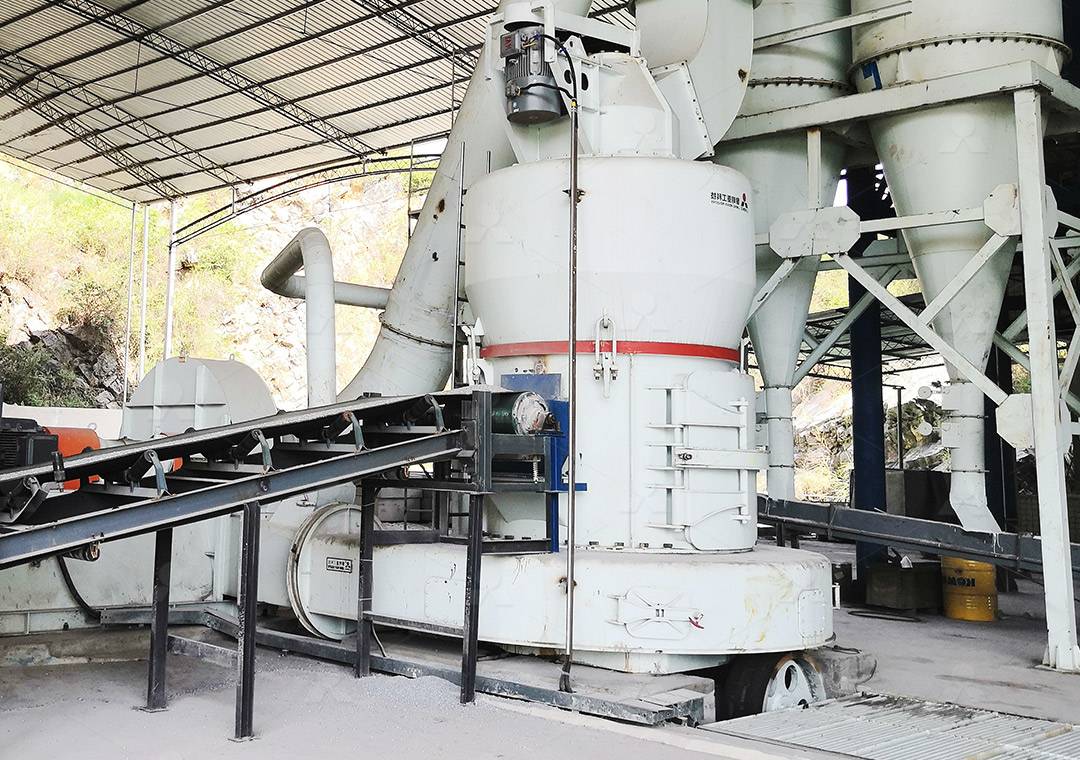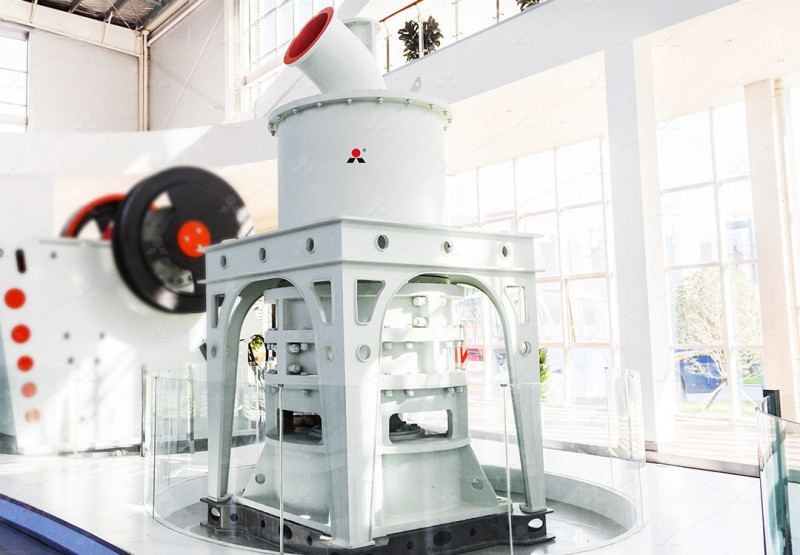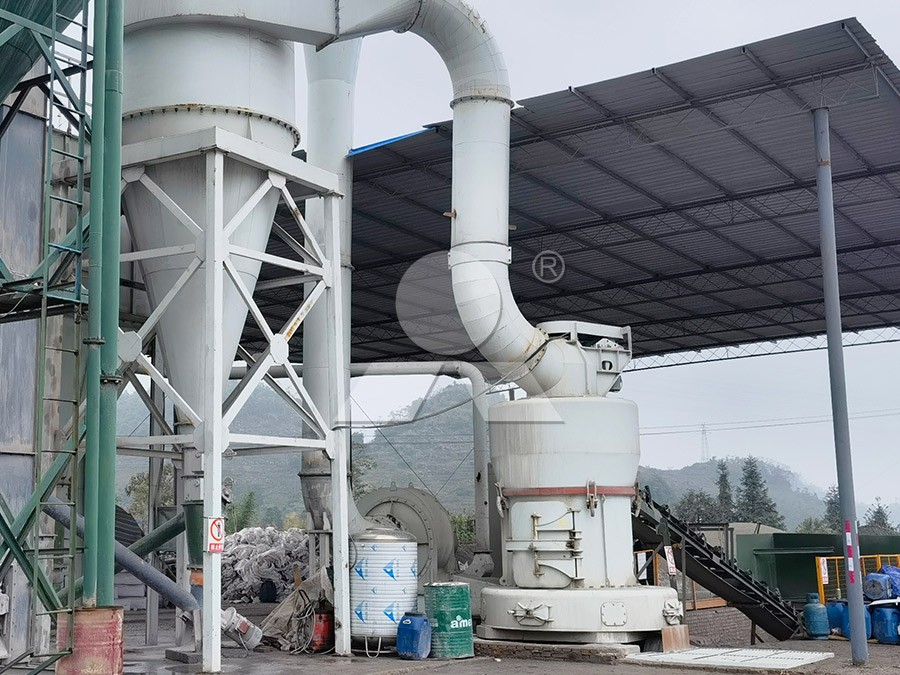Asbestos Universal Grinding Mill: Efficient Processing for Various Industrial Applications
Asbestos Universal Grinding Mill: Efficient Processing for Various Industrial Applications
In today’s demanding industrial landscape, processing challenging materials like asbestos requires specialized equipment that combines precision, efficiency, and environmental responsibility. Asbestos, with its unique fibrous structure and heat-resistant properties, demands grinding solutions that can handle its specific characteristics while ensuring operator safety and regulatory compliance.
The key to successful asbestos processing lies in selecting the right grinding technology. Traditional milling approaches often fall short when dealing with fibrous materials, leading to inconsistent particle size distribution, excessive energy consumption, and potential environmental concerns. Modern grinding solutions must address these challenges while maintaining operational efficiency.

Advanced Grinding Technology for Demanding Materials
When processing asbestos and similar industrial minerals, the grinding mill’s design becomes critical. The equipment must feature robust construction, precise particle size control, and comprehensive dust management systems. This is where our specialized grinding solutions demonstrate their superiority.
For operations requiring ultra-fine powder production, our MW Ultrafine Grinding Mill represents a technological breakthrough. Engineered for customers who need to produce ultra-fine powder from various materials, this machine handles input sizes up to 20 mm with capacities ranging from 0.5 to 25 tons per hour. What sets this system apart is its integrated efficient pulse dust collector and muffler, significantly reducing dust and noise emissions throughout the production process.
Key Advantages in Industrial Applications
The MW Ultrafine Grinding Mill delivers exceptional performance through several innovative features. Its newly designed grinding curves for the grinding roller and ring enhance grinding efficiency dramatically. Comparative analysis shows production capacity is 40% higher than jet grinding mills and stirred grinding mills at the same fineness and power settings, while yielding twice the output of traditional ball grinding mills. Remarkably, system energy consumption is only 30% of comparable jet grinding systems.
Another standout feature is the adjustable fineness range between 325-2500 meshes, made possible by German-engineered cage-type powder selector technology. This system effectively increases powder separation precision, and multi-head cage-type powder selectors can be configured according to specific production requirements for yield, fineness, and sieving rate. The equipment achieves screening rates of d97≤5μm in a single pass.

Operational Safety and Reliability
Safety considerations are paramount when processing materials like asbestos. The MW Ultrafine Grinding Mill addresses this through its innovative chamber design that eliminates rolling bearings and screws within the grinding area. This design prevents concerns about bearing damage or sealing part failures, and eliminates machine damage problems caused by loose screws. The external lubrication system allows for maintenance without shutdown, enabling continuous 24-hour production.
Environmental protection is integrated throughout the system design. The efficient pulse dust collector ensures no dust pollution occurs during operation, while silencers and noise elimination rooms reduce acoustic emissions. The entire production system complies fully with national environmental protection standards.
Complementary Solutions for Varied Requirements
For operations requiring different specifications, our LUM Ultrafine Vertical Grinding Mill offers another sophisticated solution. With an input size of 0-10 mm and capacity of 5-18 tph, this system incorporates the latest Taiwanese grinding roller technology and German powder separating technology. Its unique roller shell and lining plate grinding curve design generates material layers more effectively, enabling high finished product rates through single-pass powder milling.
The LUM system features double position-limiting technology that ensures operational stability, preventing destructive impacts from machine vibration. Its reversible structure, developed after extensive consideration of maintenance challenges, allows operators to easily move grinding rollers out of the body for inspection and replacement of roller shells and liner plates.

Applications Across Industries
These advanced grinding systems process a wide range of materials beyond asbestos, including limestone, calcite, dolomite, petroleum coal, gypsum, barite, marble, talc, and various coal powders. Their applications extend across chemical industries, paint production, cosmetics manufacturing, pharmaceutical applications, and food additive processing.
The digitalized processing capabilities of both systems ensure higher precision through numerically controlled operations for steel plate cutting, bending, planing, milling, and paint spraying. This digital precision is particularly important for core components where exact tolerances are critical.
Frequently Asked Questions
What safety features are incorporated for asbestos processing?
Our grinding mills feature comprehensive dust collection systems, enclosed processing chambers, and noise reduction technology to ensure safe operation when processing asbestos and similar materials.
How does the MW Ultrafine Grinding Mill achieve energy savings?
The system reduces energy consumption by 30% compared to conventional jet grinding mills through optimized grinding curves, efficient powder separation, and reduced mechanical resistance in the grinding chamber.
What maintenance advantages does the no-bearing design provide?
By eliminating rolling bearings and screws in the grinding chamber, the MW mill prevents bearing-related failures and loose screw problems, while enabling external lubrication without production stoppages.
Can the same equipment process different materials?
Yes, both the MW and LUM mills are designed to handle various industrial minerals and materials with quick adjustment capabilities for different production requirements.
What environmental standards do these systems meet?
Our grinding mills are designed to comply with national environmental protection standards, featuring pulse dust collectors that eliminate dust pollution and noise reduction systems that minimize acoustic impact.
